An Otter Study (1912)
장르 : 다큐멘터리
상영시간 : 9분
시놉시스
An Otter Study is a 1912 British short black-and-white silent documentary film, produced by Kineto, featuring an otter in its natural habitat, including groundbreaking footage of underwater hunting scenes. The film provided a novel treatment of the creature, which had previously appeared on film only as the victim of hunt films, with the unique underwater footage, shot by a cameraman behind glass in a tank concealed on the bed of the river in the opening scene, and a concluding scene, excised from the surviving print, in which it escapes the hunters. It was long thought lost until footage from a 1920s Visual Education re-release of the film, re-edited under the supervision of Professor J Arthur Thomson of Aberdeen University's Natural History Department, was rediscovered.

미세한 세계도 인간의 드라마만큼이나 감동적이다. 상공에서 초원까지 급강하하는 카메라에는 이름 모를 수많은 벌레들의 희로애락과 생존경쟁이 펼쳐진다. 나방 애벌레들이 일렬로 나란히 줄 지어 꿈틀대며 행진하고, 촉촉한 이끼 위에서 슬그머니 다가선 두 달팽이가 사랑을 나누고, 쏟아지는 비 한방울 한방울이 이들에겐 폭포수의 크기로 다가온다. 이들에게 두려움의 대상은 예상 외로 너무나 작고 하찮은 것들이다. 커다란 이슬방울은 곤충들의 앞길을 가로막고 빗방울의 추락은 거대한 폭탄세례와도 같다.

남극에 서식하는 황제 펭귄들은 짝짓기 시기인 겨울이 올 무렵 그들은 각자 바다에서 나와 조상 대대로 새로운 생명을 탄생시켜온 ‘오모크’라는 신비한 장소를 찾아 몇 날 며칠을 길고 긴 대상의 무리를 이루며 그들만의 은밀한 짝짓기 장소로 여행을 시작한다. 신기하게도 같은 날 같은 장소에 전부 집합한 황제 펭귄들은 암컷과 수컷은 곧 1부 1처로 짝짓기를 한 후 귀한 알을 낳는다. 알을 낳느라 지친 어미는 알을 수컷에게 맡긴 후 자신의 영양 보충과 태어날 새끼에게 먹일 먹이를 구하러 다시 바다로 떠나고, 수컷은 아무 것도 먹지 못한 채 3~4개월 동안 굶주리며 동면상태로 알을 품는다. 그리고 알이 부화되면 다시 아비는 먹이를 구하러 떠나고 어미는 돌아와 알에서 나온 새끼를 키운다. 어미와 아비가 번갈아 가며 먹이를 구해오는 동안 혹독한 추위와 눈보라, 그리고 외부의 적을 이기며 살아남은 새끼들이 독립하게 되면, 이제 모든 펭귄들이 오모크를 떠나 다시 바다로 돌아가는 마지막 여정에 오른다. 그들은 대양 여기 저기에 흩어져 4년을 보내다가 다시 짝짓기 계절이 오면 어김없이, 마치 마법에 이끌린 듯 한 날 한 장소에 모여 셀 수 없이 반복됐던 긴 여정을 다시 시작한다.
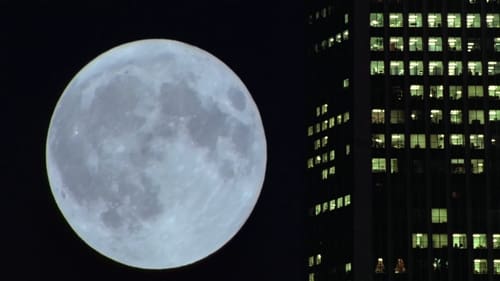
카시 삼부작의 첫 작품. ‘코야니스카시’란 호피 족 인디언 말로 ‘균형 깨진 삶'라는 뜻이다. 뚜렷한 내러티브도 대사도 없이 그저 음악과 영상으로만 되어 있는 이 영화는, 고대 인디언들이 그린 벽화에서 시작한다. 이후 광활하고 경외로운 대자연, 그리고 인간이 약간의 가공을 가한, 노동하는 인간과 함께 하는 자연을 그린다. 이후 정신없이 빠른 속도로 굴러가는 도시를 묘사하는 씬으로 오면, 자연과 완전히 등을 진 채 오롯이 인간이 만든 인공적인 환경 속에서 속도와 파괴에 지배당하는 인간의 도시문명이 대비된다. 도시 문명의 속도는 점점 심해져 클라이막스에서는 거의 기하학적 무늬로 표현되며 현기증을 준다.

Photographer Bob loses his girlfriend. A year later he meets Kathleen. Is she in love? Or does she use him for her dark dealings with the mafia?

Africa the Serengeti takes you on an extraordinary journey to view a spectacle few humans have ever witnessed: The Great Migration. Journey with more than two million wildebeests, zebras and antelopes as in their annual 500 mile trek across the Serengeti plains.

David Attenborough takes us on a guided tour through the secret world of plants, to see things no unaided eye could witness. Each episode in this six-part series focuses on one of the critical stages through which every plant must pass if it is to survive:- travelling, growing, and flowering; struggling with one another; creating alliances with other organisms both plant and animal; and evolving complex ways of surviving in the earth's most ferociously hostile environments.
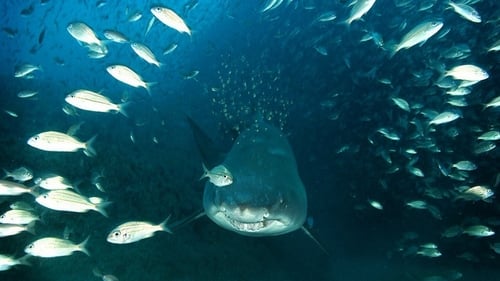
다양한 생명이 살아 움직이는 경이로운 바다.
시선을 빼앗는 아름다운 산호에서부터 어디서도 본 적 없는 기이한 생물들까지, 마법 같은 그림이 눈 앞에 펼쳐진다.
내레이션 맡은 조니 뎁과 케이트 윈슬렛이 들려주는 신비한 바닷속 이야기.
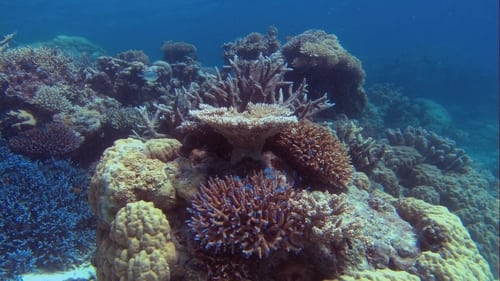
Shot on the Great Barrier Reef in Australia and in the Bahamas, Ocean Wonderland brings to you the amazing beauty of the many varieties of coral and the immense diversity of the marine life thriving there.
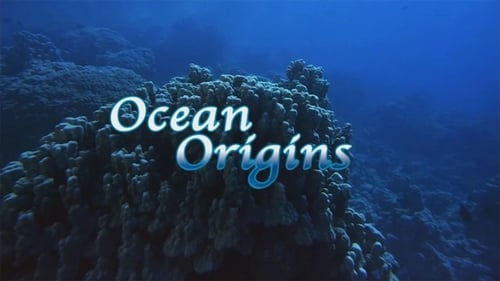
A documentary that explores the natural world of the sea, from the single-celled organism to more complex forms of life, OCEAN ORIGINS was originally filmed in the IMAX large format, which adds a crispness and clarity to the images. This documentary film seeks to examine the process of evolution by looking at the many creatures of the sea that can illustrate the way multi-cellular life emerged over the course of four billion years. OCEAN ORIGINS is a creative film that uses fascinating documentary footage to look at scientific theories and principles in an interesting manner

Standing almost alone in the great Southern Ocean, South Georgia island plays host to some of the largest concentrations of animals anywhere on Earth during the spring and summer months. This is the story of these vast animal cities, and of the order that lies beneath their seeming chaos.
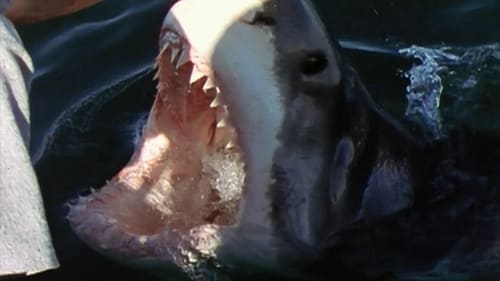
See the world's first MRI scan of a great white shark as Ultimate Shark reveals the extreme engineering and predatory abilities of one of nature's most near perfect predators. Hear firsthand accounts of people who survived harrowing encounters, including a surfer who was bitten on the arm and leg, towed by the surfboard ankle strap and miraculously escaped only with minor injuries. National Geographic demystifies the true motives and power behind their behavior.
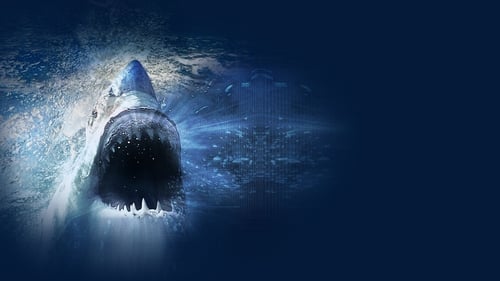
Peter Gimbel and a team of photographers set out on an expedition to find and Film, for the very first time, Carcharodon carcharias....The Great White Shark. The Expedition took over nine months and traveled from Durban, South Africa, across the Indian Ocean and finally to South Australia.

A journey to seven of the most geographically dynamic locations on earth. The film features spectacular land forms, diverse wildlife and the people and cultures indigenous to these places. Distinct geographic places include the great island of Madagascar, home to unique limestone pinnacles and the playful lemur; and the greatest desert—the Namib—home of the largest sand dunes in the world that tower majestically over its western border, the Atlantic Ocean. Other locations featured are the great icecap of Greenland, Iguazu Falls in Brazil, the Okavango Delta in Botswana, the Chang Tang Plateau in Tibet, and the Amazon River in South America.

The electric eel lives in the fresh waters of the Amazon Basin. It can give an electrical discharge capable of killing a horse. This eel can locate fish by means of "radar," then captures its prey by knocking it out with a violent shock of electricity. In Experience With an Eel, Dr. Irwin Moon and his lab assistants demonstrate the eel's electrical shocking power. The study of the electric eel helps to answer many questions concerning the relationship of science and the Word of God.
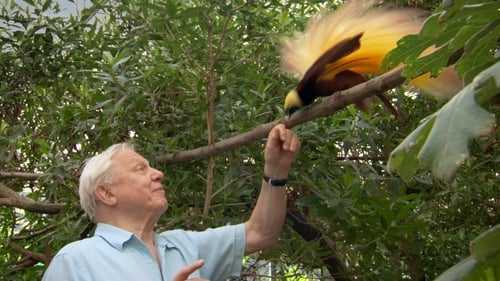
극락조를 관찰, 연구하고 극락조 수컷이 왜 화려한지에 대해 알아보는 내용의 다큐멘터리

Main subject of Serengeti is the mass migration of wildebeest , which in search of nutritious grass hundreds of kilometers annually by the savannah draw. At the end of the rainy season, they break into a huge herd of over a million animals on the north. The wildebeest and other animals are joining the migration, as zebras and gazelles , continuously exposed to hazards, particularly by predators such as lions and cheetahs . A highlight of the great migration, the crossing of the Mara is: There, the wildebeest have to overcome not only meter high cliffs, they are also crocodiles delivered. With the onset of the rainy season, however, leave the wildebeest north again what had long been a mystery. The reason for this is that the grass in the north a phosphorus deficiency , and said thus wildebeest forces to retreat to the south.

The otter is one of the UK's most charismatic yet enigmatic animals. Living not only along our rivers but also at the coast, otters have remarkable adaptations to a life both in and out of water. This documentary brings you the very latest scientific discoveries as well as a review of the turbulent history of the otter in the UK. It looks like the otter is making a steady comeback around the country but not everybody agrees this is good news.
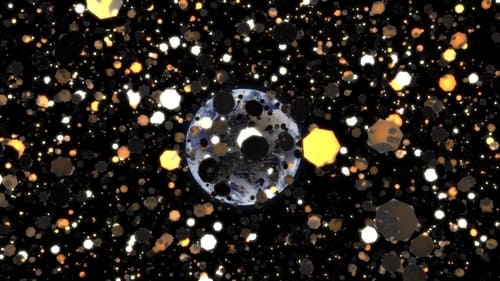
A group of scientists are thinking outside the box for ways to reverse the effects of global warming. And who better to save the earth than National Geographic Channel's host of the World's Toughest Fixes, Sean Riley? He'll join these experts in the labs and in the field to see what wacky new technologies are being developed, like sending mirrors into space and reducing the greenhouse emissions chickens produce.

Each year, far from human eyes, a remote expanse of Botswana's Makgadikgadi salt pans hosts one of Africa's last great spectacles when thousands of striped nomads wander the breathtakingly beautiful but barren landscape. It is only by the grace of isolated summer rains that the zebras can survive here at all. Family groups gather together to follow the rains, driven by a constant search for better grazing on islands of grass that dot the pans. Meerkat families watch the zebras come and go, and families of lions wait for them along their grueling trek, hoping for a chance to bring one down. Their journey is one that is sometimes limited by the fragility of new life, but always made possible by the strong family ties that help animals survive in one of Africa's most surreal landscapes. It's a tale of loyalty and sacrifice, of home and exile, of death and new life, in southern Africa's largest zebra population.

















